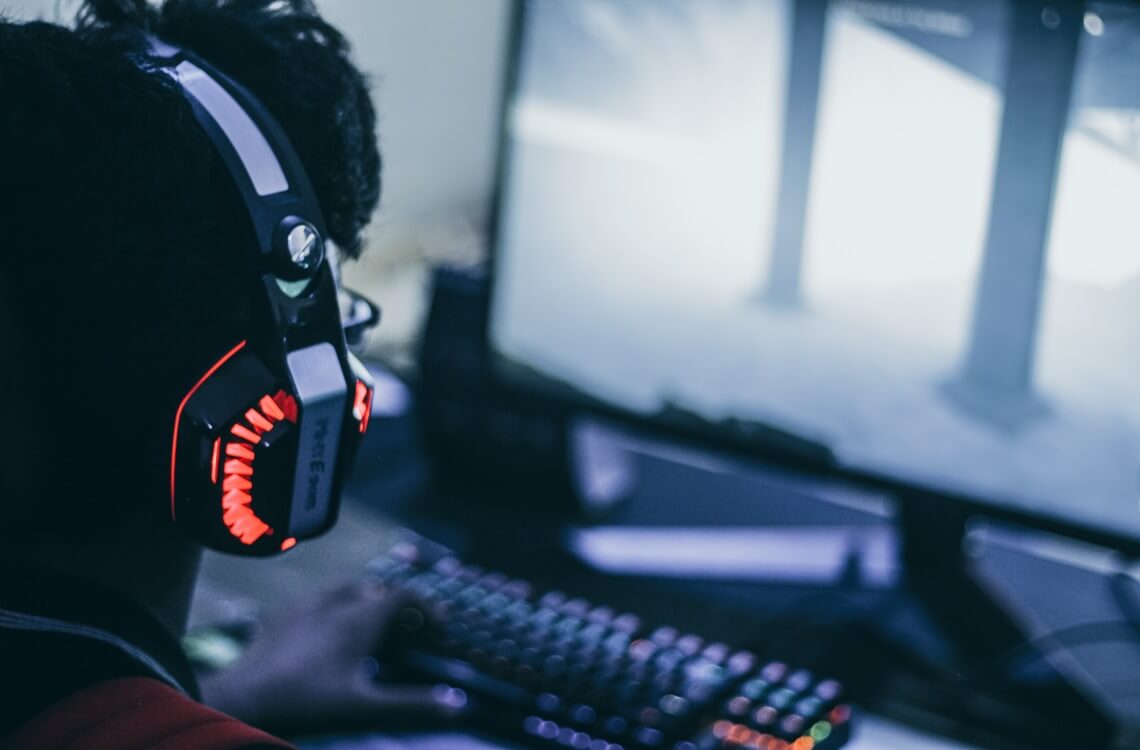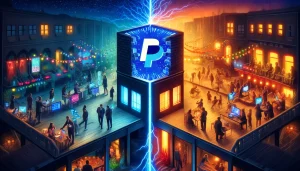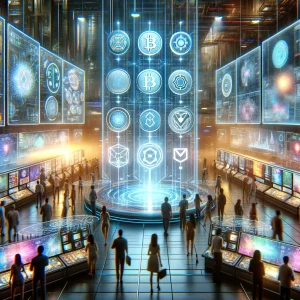Sony Interactive Entertainment, the entertainment and gaming console giant, has filed a patent that would make non-fungible tokens (NFTs) transferable between different games and consoles. The move aims to make assets more interoperable, not only between different games but also hardware like VR headsets, computers, and different consoles.
This would allow players of Sony products such as its flagship PlayStation to have an interoperable Web3 gameplay experience. Gamers would be allowed to transfer in-game assets between devices such as VR headsets, tablets, computers, and smartphones. The patent application also noted that “In some examples, the NFT can be used cross-generationally (e.g., from PS4 to PS5).”
Interoperability between different gaming ecosystems
The patent application also goes into detail about how NFTs would work for achievements and tournaments, noting that “In some example embodiments, the task may include a victory in an esports tournament and the digital asset may be usable via the NFT by the first end-user entity across plural different computer simulations.” Sony also specified in the patent that the framework aims to be interoperable between products outside the Sony ecosystem, such as the Xbox or a “cloud-based video game,” making assets fully transferable and usable between different gaming ecosystems.
This move towards interoperability is a significant step for the gaming industry, as it has been historically closed off and siloed, with players often unable to transfer assets between different games and platforms. However, with the increasing popularity of blockchain-based gaming and NFTs, the industry has been exploring ways to create a more open and interconnected gaming ecosystem. Sony’s patent filing is a step in this direction, and if successful, could lead to a more seamless and integrated gaming experience for players.
Preventing duplication of NFTs
The patent application also outlines a function to prevent gamers from repeating tasks to earn the same NFTs with different products or games, noting the ability to prevent “performance of the task again in other instances of the computer simulation that are executed, and/or declining to provide additional NFTs for subsequent additional performances of the task.” This function aims to prevent duplication of NFTs, which could devalue their rarity and uniqueness. By preventing gamers from earning the same NFT multiple times, the value and scarcity of the NFTs are maintained, ensuring that they remain desirable and valuable assets.
Growing presence in the Web3 space
Sony has been recently making moves to grow its presence in the Web3 space, forging partnerships and testing early blockchain-based products. In November, the company released motion-tracking wearables, allowing gamers to control their avatars with their bodies in real time. In February, its internet provider division, Sony Network Communications, teamed up with blockchain network Astar to create an incubation program for companies focused on building NFTs and decentralized autonomous organizations (DAO) with real-world utility.
Sony’s move towards Web3 and blockchain-based gaming is a sign of the growing interest in the technology from traditional gaming companies. As the industry continues to explore new ways to create more immersive and interactive gaming experiences, blockchain and NFTs are emerging as key technologies that could transform the industry. By embracing these technologies, companies like Sony are positioning themselves as leaders in the next generation of gaming.
Conclusion
Sony’s patent filing for NFT transferability is a significant step toward creating a more open and interconnected gaming ecosystem. By allowing players to transfer in-game assets between different devices, games, and platforms, the gaming experience becomes more seamless and integrated. The patent application’s function to prevent duplication of NFTs ensures that their rarity and uniqueness are maintained, making them valuable assets.





